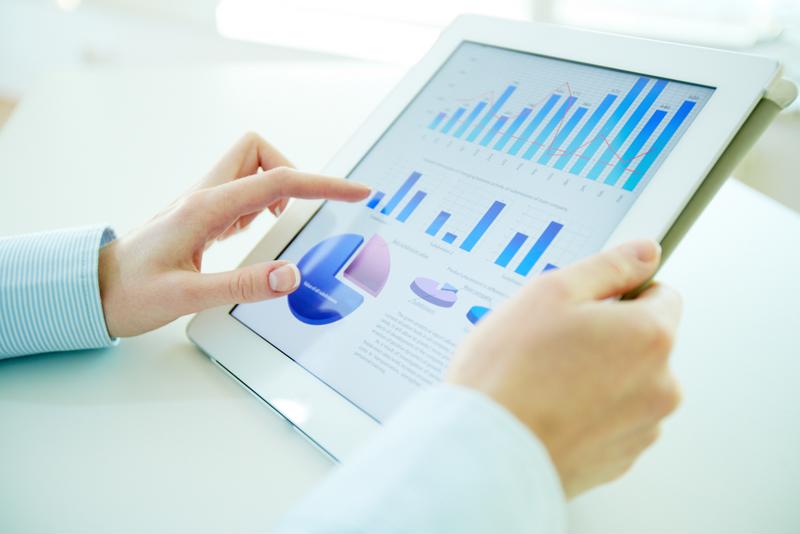Why your practice management software should rewire your workflow
By: Brian Gennusa | August 21st, 2015


Within any medical practice, it is necessary to make electronic health records a part of all network systems, including practice management software. By enabling interoperability between different metric-tracking software platforms, office managers let physicians focus on their patients, rather than the process.

"Giving doctors a responsive and versatile mechanism for connecting to patient data is important."
Reducing duplicate information entry
Medical professionals frequently have to deal with the problem of duplicate data entry. The number of times a given patient might write down their allergies, name and social security number is only rivaled by the amount of nurses and aides who will eventually re-enter that information into a digital system. Thankfully, with integrated solutions multiple data entry is becoming more of an anomoly. Why is duplicate data entry such a problem? It wastes hours, often carries the risk of making information more unreliable and causes delays in processing. Human information transcription is a notoriously inefficient way to move data around. It's easy, especially when dealing with dozens of forms, for a member of support staff to accidentally transpose a digit that causes problems down the road.
Easy information access
Giving doctors a responsive and versatile mechanism for connecting to patient data is important. This is why the best EMR software is usually compatible with iPads as well as desktop computers. By giving physicians the chance to review data wherever they are, a system greatly increases the chance that doctors will actually get good use out of their information. Mobile devices that are able to display vital health statistics about patients make it likely that a doctor will be able to refer to the data when they need it. Plus, mobile software is on the rise in every part of life - it only makes sense that patients and physicians should be able to view health data on it. The key problem here is interoperability issues, according to a recent report by Persistent Market Research. Office managers should make sure to select an EHR offering that lets them connect to as many devices in their practice as possible in an effort to avoid confusion.
 Analytics can change how your practice works.
Analytics can change how your practice works.Data visualization
Finally having an EHR system that connects with practice management software will make it easier to use different types of data visualization on the go. By tying viewed information to patients currently being worked on, physicians can automatically pull up data that is relevant to the patient at hand. This automation of data delivery can increase the amount of work a physician can do in a day. By replacing the often-tedious task of pulling all of a person's required files, a doctor could instead tap on the patient's name on an iPad and have the associated data come up immediately.
Practice management software connecting to an EHR lets a practice leverage its existing data stores for more productivity. By allowing mobile, constant connection to information, it empowers doctors and provides superior service. Ultimately, giving doctors a direct connection to data and information makes it easier for them to diagnose problems and decide on methods of treatment for specific injuries. Connecting physicians and other members of practice staff to the data they need to be effective is a winning strategy.
HERE ARE SOME RELATED ARTICLES YOU MAY FIND INTERESTING
Stranded on Paper Islands: Consequences of Not Having EHR
By: Nextech | August 14th, 2023